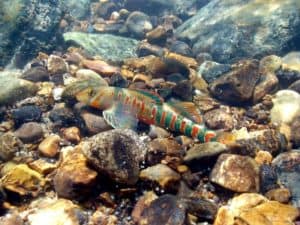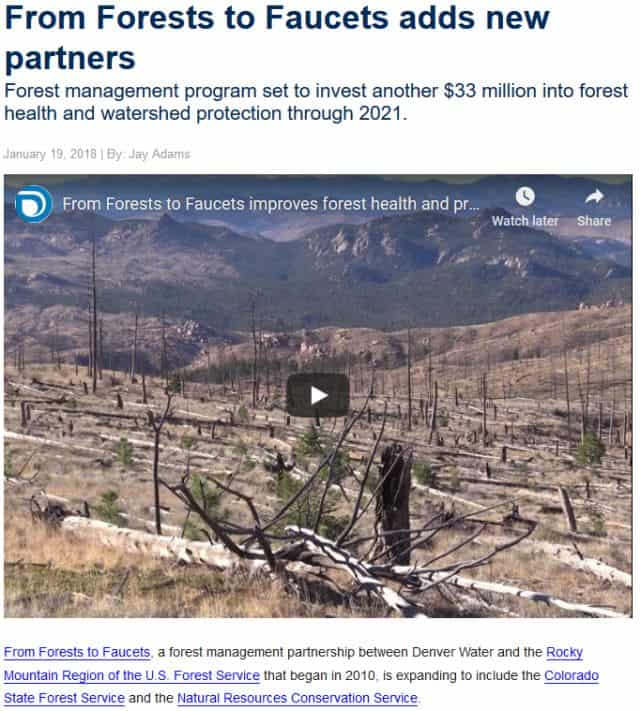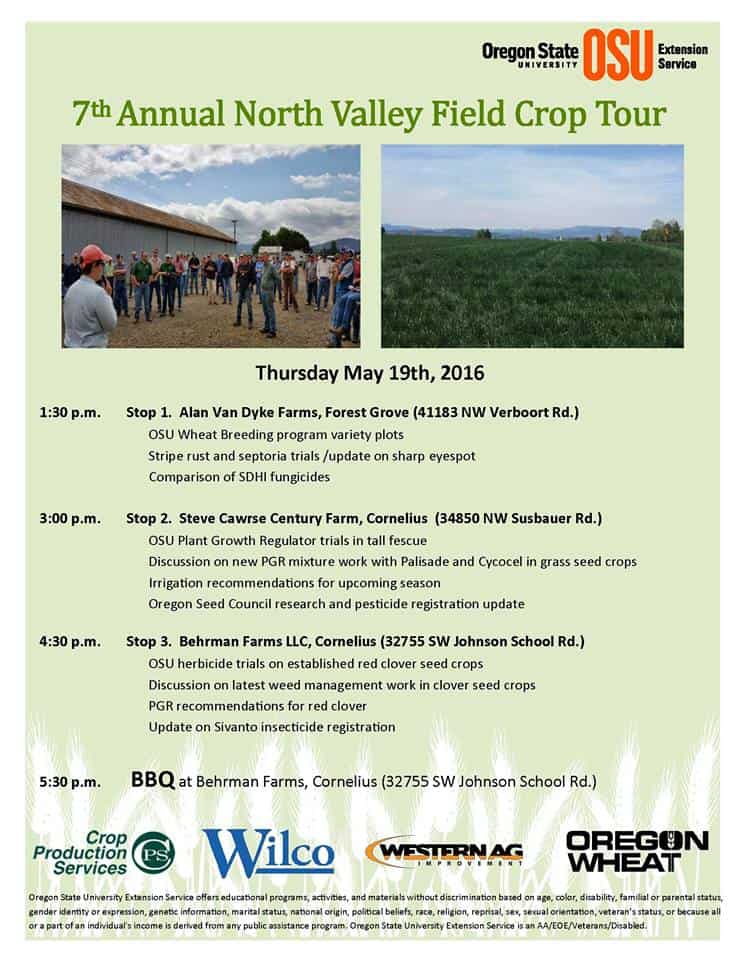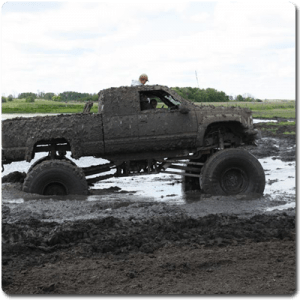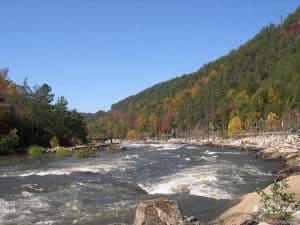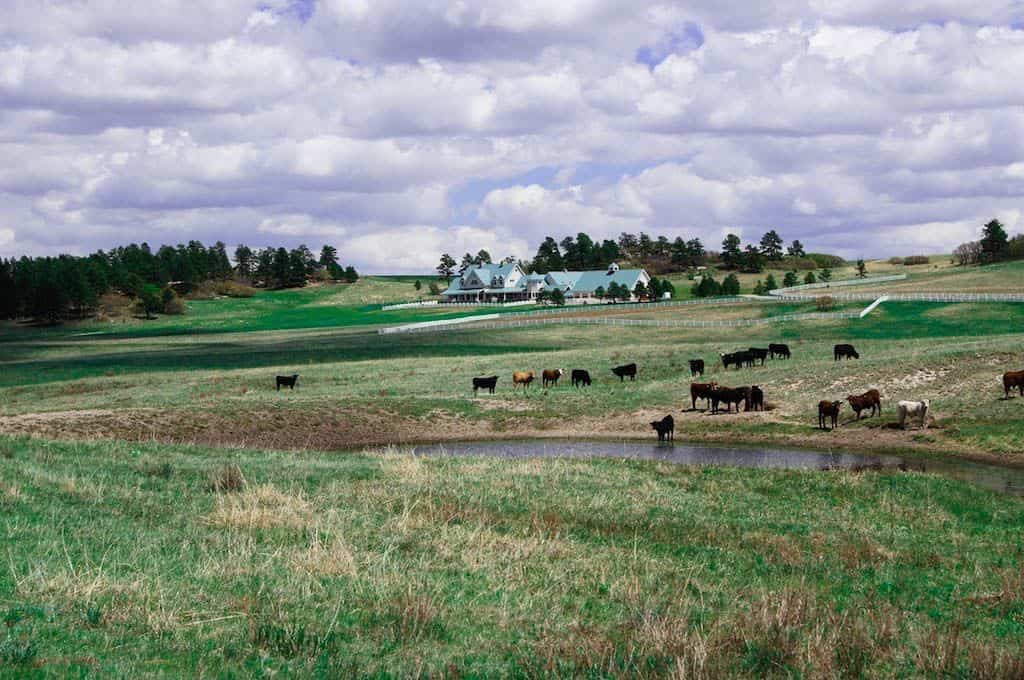
While the Clean Water Act isn’t usually part of our TSW portfolio, since Matthew brought it up here (and see other stories brought up by Brian Hawthorne here in the comments as well as some legal history by Kevin Turnblom here. I’d be interested in what your local papers have to say about it, or whether they use the AP story.
The AP story here started off with ..
“WASHINGTON (AP) — The Trump administration on Thursday ended federal protection for many of the nation’s millions of miles of streams, arroyos and wetlands, a sweeping environmental rollback that could leave the waterways more vulnerable to pollution from development, industry and farms.”
As Kevin Turnblom pointed out, If a judge throws a rule out because it’s illegal, and a reg is never enforced (so nothing has ever been protected by it) then.. is the next one really a “rollback”? It’s clearly not a rollback in Physical World (where water exists).
I did run across a story in the Colorado Springs Gazette by Tom Roeder that tried to show both sides and also gave some local context.. here’s a link and below are some excerpts.
Under the old rule, enacted by the Obama administration in 2015, federal authorities took a broad, and some say nebulous, view of their powers to stop water pollution.
The 2015 rule enforced federal regulation on “intrastate lakes, rivers, streams (including intermittent streams), mudflats, sandflats, wetlands, sloughs, prairie potholes, wet meadows, playa lakes, or natural ponds.”
The Obama-era rule covered an estimated 60 percent of U.S. waters.
That meant actions that could impact those waters required a federal permit. The rules prompted a string of court battles, and even the Supreme Court called defining which waters were federal “a contentious and difficult task.”
The lawsuits meant the Obama-era rules never took full effect, and left the EPA scrambling for a definition of federal waters that would pass judicial muster.
President Donald Trump made rolling back the water regulation a plank in his 2016 campaign as he wooed farmers and ranchers.
But the rollback took years as the EPA wrangled over rules and faced a firestorm from environmental groups.
You gotta love Colorado politics, though. Our governor, who seemingly would think that our state is capable of regulating water quality, especially since there is a D majority in the House and Senate said:
Colorado’s Democratic Gov. Jared Polis issued a scathing statement about the rule change.
“Our administration will continue to reject attempts by the Trump administration to gut proven ways to protect our health and environment,” he said.
How could it be a “proven” way if the reg had never been in force?
Meanwhile, both the Colorado Springs mayor and local Congressperson argue for not federalizing what needn’t be federalized.
Suthers said those waters that won’t be regulated by the feds will still have plenty of oversight, but from state and local authorities rather than the EPA.
“Anything that happens there will be in the jurisdiction of the state of Colorado,” said Suthers, who served as the state’s attorney general before winning the city’s top job.
Lamborn said having locals regulate more water issues is the best solution.
“If you believe in federalism, then units of government that are closer to the people should regulate those decisions,” he said.
Here’s another interesting statement from this piece:
I haven’t checked this for accuracy but the author says..(about the 2015 non-implemented rule).
EPA estimated that the final Clean Water Rule expanded the types of water subject to Clean Water Act jurisdiction by about 3 percent, or 1,500 acres nationwide. Opponents clearly think it could be much broader – and until they see the rule implemented on the landscape, their fears may have some basis in fact.
Meanwhile Matthew’s post headline said “millions of acres.” It might be interesting for someone to go back and check the 2015 regulation. The difference might well be in assumptions about how it might have been interpreted, which we never found out because it wasn’t ever implemented.
Here’s the American Farm Bureau’s side of the story:
The 2015 rule grants the federal government regulatory control over virtually any waters – and many land areas that only temporarily hold water – assuming a scope of authority Congress never authorized. It effectively eliminates any constraints the term “navigable” previously imposed on the agencies’ Clean Water Act jurisdiction, and few, if any, waters would fall outside of federal control.
The 2015 rule provides none of the clarity and certainty it promised. Instead, it creates confusion and risk by giving the agencies almost unlimited authority to regulate, at their discretion, any low spot where rainwater collects, including common farm ditches, ephemeral drainages, agricultural ponds and isolated wetlands found in and near farms and ranches across the nation, no matter how small or seemingly unconnected they may be to true “navigable waters.”
The 2015 rule defines terms such as “tributary” and “adjacent” in ways that make it impossible for farmers and ranchers to know whether the specific ditches, ephemeral drains or low areas on their land will be deemed “waters of the U.S.” But these definitions are broad enough to give regulators (and citizen plaintiffs) justification to assert that such areas are subject to Clean Water Act regulation and give the agencies sweeping new authority to regulate land use, which they may exercise at will, or at the whim of a citizen plaintiff.
